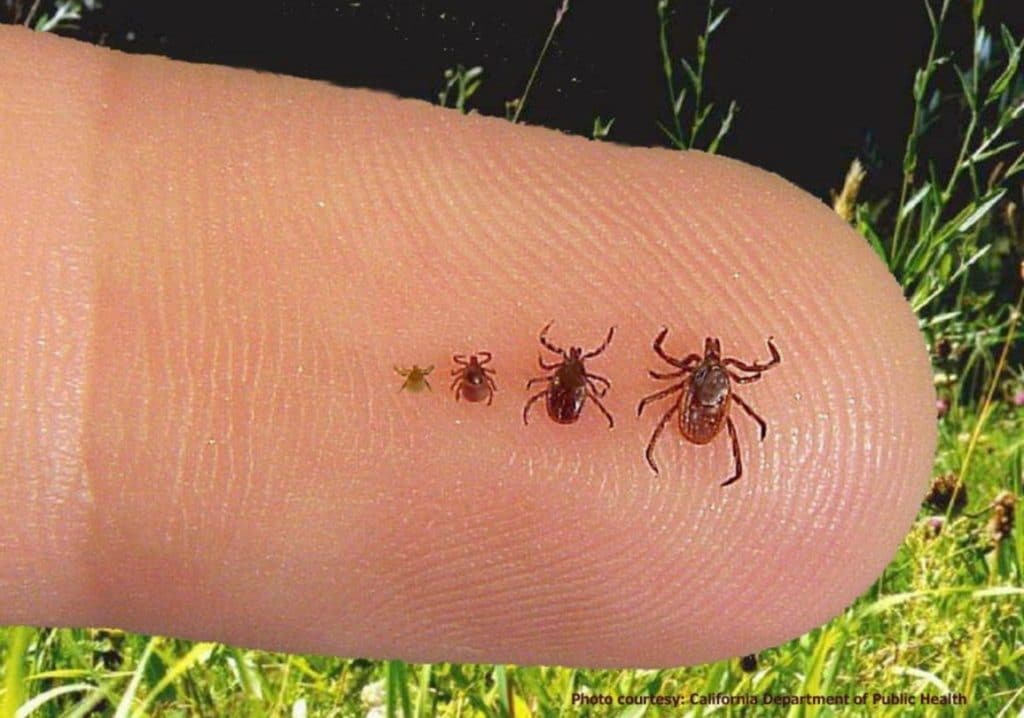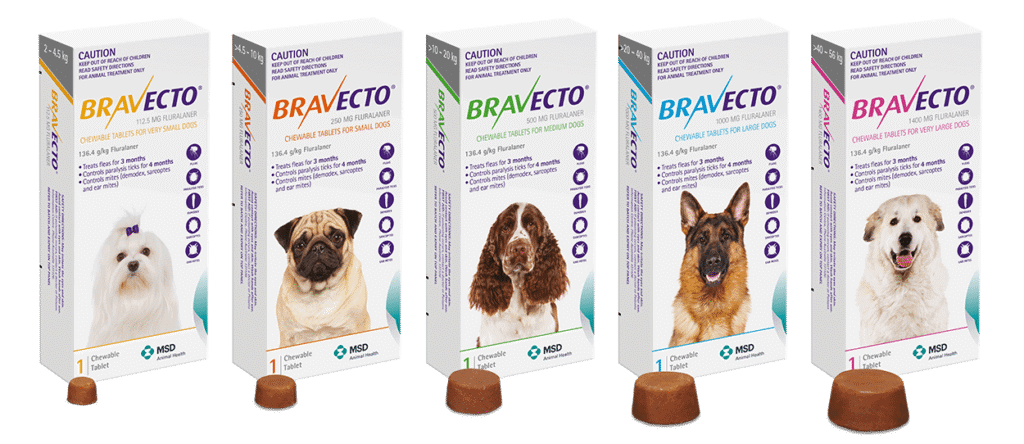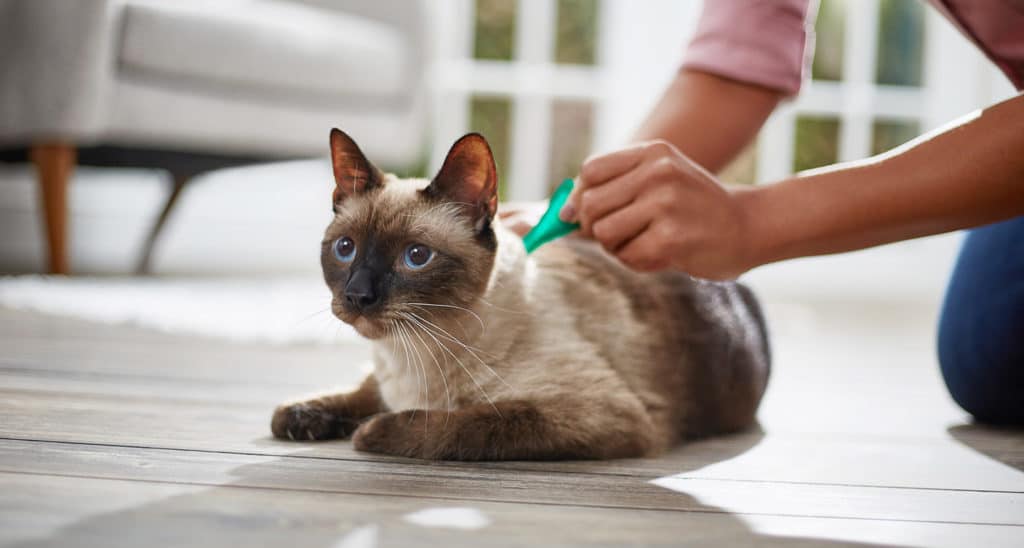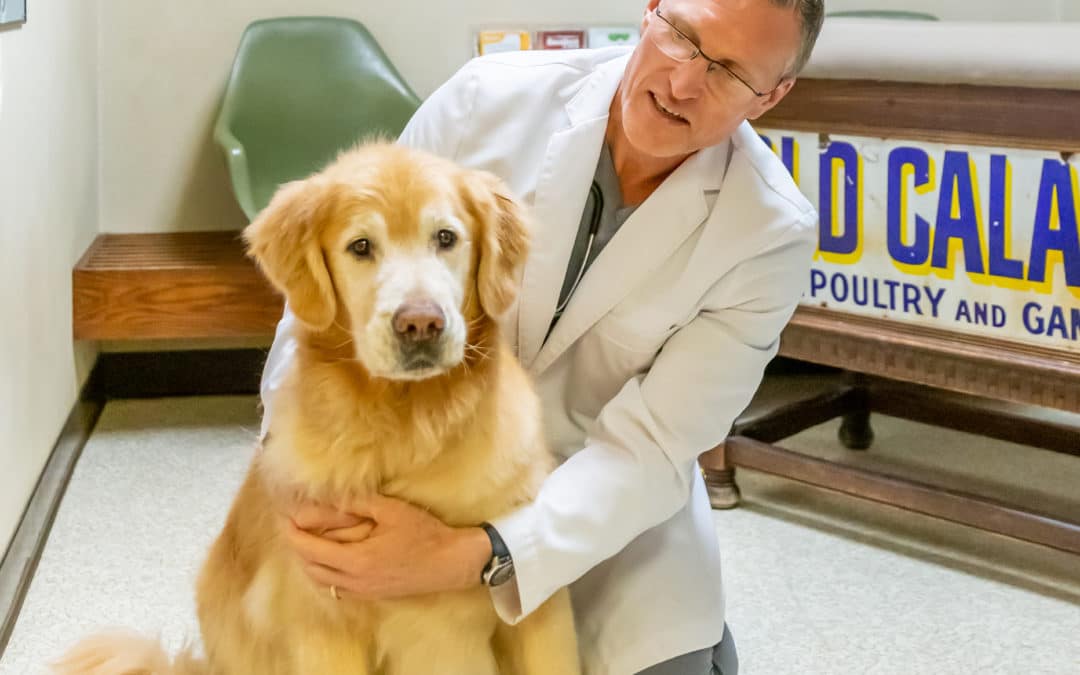Find Answers Quickly —
Table of Contents
- 1 Find Answers Quickly —
- 2 Who says that Bravecto® flea and tick medication is killing dogs?
- 3 Does Bravecto Kill Dogs? The Short Answer Is No — Bravecto Doesn’t Kill Dogs
- 4 These studies may help alleviate any concerns you might have about giving your dog Bravecto®:
- 5 The truth about the Bravecto® Rumors
- 6 Effects of Bravecto® in Dogs and Cats
Who says that Bravecto® flea and tick medication is killing dogs?
In a June 2015 Facebook post, a family reported that one of their dogs had died within a day of being given Bravecto® (Fluralaner) chews and that another of their dogs had nearly died after being given the same treatment at the same time. They also asserted that Bravecto® chewable tablets were responsible for the dog’s death and that several other dogs had died of liver and kidney failure shortly after taking the same medication. So what is the truth? Does Bravecto® kill dogs?
Does Bravecto Kill Dogs? The Short Answer Is No — Bravecto Doesn’t Kill Dogs
There are many causes of liver and kidney failure in dogs. If more than one dog in a family is stricken with organ failure at the same time, it’s logical to assume that the dogs were poisoned. What’s not logical to assume is that Bravecto® had anything to do with the deaths. To determine if Bravecto® was involved with this incident, we should look at the research on the safety of Bravecto®—discussed in more below.
If those dogs were brought into my veterinary hospital the first cause I would rule out is antifreeze poisoning (ethylene glycol toxicity). Antifreeze is everywhere—if it drips from a car’s radiator onto the ground, pets love to lick it up. Both dogs and cats think antifreeze tastes delicious, so it’s a fairly common cause of poisoning. Ingesting even a small amount can be quickly fatal—e.g. five tablespoons is enough to kill a medium-sized dog.
The family who posted on Facebook that Bravecto® kills dogs, made a common error in judgement by concluding that Bravecto® caused their pet’s death and illness—just because administering Bravecto® preceded their pet’s medical conditions.
No medical information from the sick or dead dogs has ever been provided to show or explain a causal link between the dead dogs and Bravecto® other than a “post hoc ergo propter hoc”assumption. A post hoc logic fallacy (mistaken belief) occurs when we assume that because one thing occurred after another, it must have occurred as a result of it. Of course, just because Event Y followed Event X, doesn’t necessarily mean that Event Y must have been caused by Event X.

These studies may help alleviate any concerns you might have about giving your dog Bravecto®:
- Bravecto® is thoroughly tested to international safety standards for veterinary drugs, meeting approval requirements for over 70 countries. More details are found in a comprehensive study in the March 2018 edition of the International Journal of Environmental & Agriculture Research: “Bravecto® chewable tablets have been thoroughly evaluated in multiple countries and are approved as a safe and effective flea, tick and mite treatment for dogs.”
- Lies spread faster than the truth. An MIT study published in Science MagazineMarch 2018 found “falsehood diffused significantly farther, faster, deeper, and more broadly than the truth in all categories of information.” Fake news travels like wildfire on social media. Falsehoods were 70 percent more likely to be retweeted and the authors found, “It took the truth about six times as long as falsehood to reach 1,500 people.” When browsing the “news,” we all need put on our skeptic’s hat.
The truth about the Bravecto® Rumors
The negative and false rumors about Bravecto® causing dogs’ deaths started about one year after it was introduced to the veterinary market by Merck after extensive safety research and FDA approval in 2014. The research that resulted in FDA approval found there were no clinically-relevant, treatment-related effects, even at 5X the recommended dose.
There are more than fifty peer-reviewed publications that provide expert scientific evidence of the safety and efficacy of fluralaner (active ingredient in Bravecto®). In one study, dogs were dosed daily for one year (52 weeks) without a report of a serious adverse event. Additionally, an investigation into Bravecto® by Snopes also put facts to the falsehoods, finding them UNPROVEN.

Effects of Bravecto® in Dogs and Cats
The flea and tick medication Bravecto® is a systemic antiparasitic drug given by mouth or topically. The medicine spreads through the bloodstream to all areas of the skin. It kills the flea or tick when it tries to bite and is then exposed to the active ingredient.
Bravecto® works by inhibiting the nervous system of insects. It does not have any effect on the nervous system of animals. In fact, it is excreted unchanged through the pet’s liver and kidneys. Since its introduction in 2014, Bravecto® has provided longer-lasting flea and tick protection and as of 2020 more than 125 million doses distributed in 85 countries.
The best most frequently reported adverse reaction in dogs in both the active control groups was vomiting. Other side effects occasionally seen in dogs include decreased appetite, diarrhea, lethargy, excessive thirst and flatulence. Bravecto® formulations are safe for pregnant, breeding and lactating dogs. Use with caution in dogs with a history of seizures or neurologic disorders.

For cats Bravecto® is available as a topical or an oral medication given every 2 months. Side effects in cats may include vomiting, itching, diarrhea, hair loss, decreased appetite, lethargy, and scabs/ulcerated lesions, increased liver enzymes, or hyper-salivation. It should be used with caution in cats with a history of neurologic disorders.
Bravecto® is a valuable antiparasite treatment that contributes to the health of millions of dogs and cats. By killing fleas, ticks and mites, it promotes dog health worldwide by protecting them against dangerous parasite infestations that are known to lead to disease transmission, blood loss, local irritation, and skin allergies. Flea, tick, and mite exposure poses a much more significant risk of transmitting a devastating disease to your pet or yourself.
The scientific literature convincingly shows that Bravecto® offers a unique combination of long-lasting efficacy and safety for dogs and cats and provides multiple benefits for pet owners of by helping them to prevent dangerous parasite infestations with fleas, ticks, and mites. At Paoli Vetcare, our veterinarians continue to confidently prescribe Bravecto® for our patients and we use it to treat all of our own dogs and cats.








